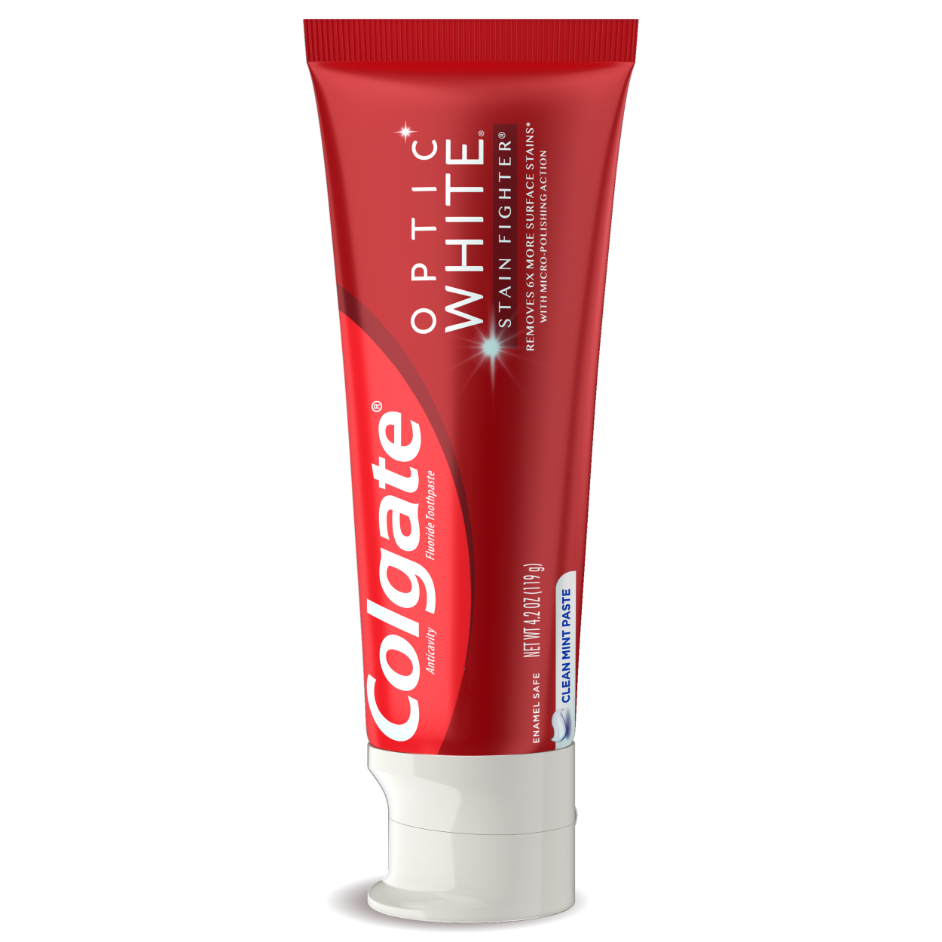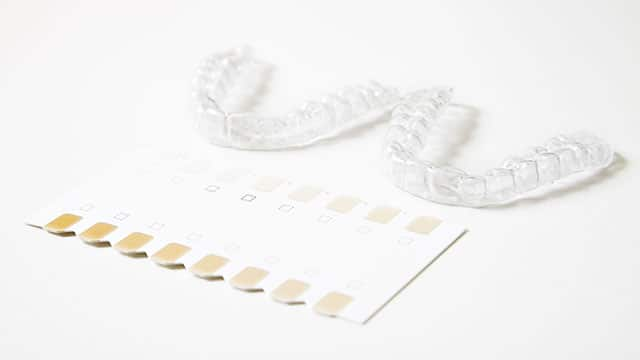What is a Normal Tooth Shade?
We often use the phrase “pearly whites” to talk about teeth, so you might be surprised to know that healthy, stain-free teeth shades can actually range from pure white to yellow, or even reddish-brown.
How Many Teeth Shades Are There?
Everyone is unique and their individual tooth shade at any given point will depend on genetics, health and lifestyle. Beyond the range of natural teeth shades, there are lots of hues a tooth might take on for various reasons. Here are just few examples:
Plaque build-up can cause teeth to appear yellow or brown, while tartar (hardened plaque) can appear brown or black.
Strongly colored foods (think red wine, tomatoes, beets, spices, coffee, etc.) can stain the teeth a variety of colors.
Tobacco use can cause yellow-brown staining.
Enamel can thin due to age or acid erosion, exposing yellow-ish dentin beneath and making the teeth appear darker.
A damaged or “dead” tooth may turn pink, gray or black.
Some medications can turn teeth brown or black.
Why Are My Teeth Two Different Shades?
It’s normal for the shade of your teeth to vary. For example, think about coffee stains – your front teeth are completely bathed in the liquid as you sip, while the teeth further back are somewhat protected. For that reason, you'd expect to see heavier staining at the front.
Another common reason for varying teeth shades is a crown, veneer or filling. Even though your dentist will do their best to match the restoration to your tooth shade, your teeth can change color over time. Your restoration may not be affected in the same way as your natural teeth, so it may start to stand out from the other now-darker teeth. On the other hand, if you have your teeth whitened, it won’t affect the color of your restorations. So while your natural teeth will get lighter, your restorations will look darker in comparison.
What's the Best Tooth Shade?
The best teeth are healthy teeth, but a glowing white smile is what most people are after. A change of just two or three shades can make a noticeable difference, but there may be limits to what you can achieve. These factors can play a role:
Your natural tooth color. If you have naturally yellow-ish teeth, it may not be possible to lighten them very much beyond that.
The cause and stubbornness of your tooth stains. Tooth discoloration caused by medication, health conditions, or lost enamel may not respond well (or at all) to whitening treatments. On the other hand, stains from lifestyle and diet tend to respond well, but very heavy staining may require intensive whitening or other treatments to get the results you want.
The whitening treatment you choose. Over-the-counter products have less whitening power than professional products, but they can be more expensive.

Clinically proven technology to safely remove surface stains and also help prevent new stains from forming, so your teeth stay whiter longer.

What’s the Best Way to Improve Teeth Shade?
There are a number of options for achieving whiter teeth, such as:
Whitening toothpastes.
Whitening mouthwashes.
Whitening pens.
Whitening strips.
LED whitening devices.
Gel trays.
In-office laser whitening.
Keep in mind that each whitening procedure has its advantages and disadvantages. Toothpastes, strips, pens, and other over-the-counter whitening options are great for brightening by a few teeth shades. However, they contain much lower levels of bleaching ingredients than the whitening treatments your dentist provides. Laser whitening and other in-office bleaching procedures produce the most dramatic results, but they cost significantly more.
Whatever procedure you prefer, a dental shade guide makes it easy to determine your natural tooth color and choose the best color to achieve a brilliant smile.
What’s a Dental Shade Guide?
A frequently used reference tool, a shade guide shows teeth in basic shades ranging from the lightest to darkest natural colors. Various shade guides exist for dental offices, but a common guide has four basic shade ranges to determine what shade your teeth are:
- A (reddish-brown)
- B (reddish-yellow)
- C (gray)
- D (reddish-gray)
Your dental professional will help you match your current tooth color to the corresponding color on the chart. This can help you decide on a target shade for whitening, and also check your progress throughout treatment (Note: Some tooth shade guides also show even whiter colors you might achieve by bleaching your teeth). If you’re having veneers, implants or crowns, your dentist can also use the shade guide to match them to your teeth for a natural look.
This article is intended to promote understanding of and knowledge about general oral health topics. It is not intended to be a substitute for professional advice, diagnosis or treatment. Always seek the advice of your dentist or other qualified healthcare provider with any questions you may have regarding a medical condition or treatment.
ORAL HEALTH QUIZ
What's behind your smile?
Take our Oral Health assessment to get the most from your oral care routine
ORAL HEALTH QUIZ
What's behind your smile?
Take our Oral Health assessment to get the most from your oral care routine
Join Us
Get the best of your oral health routine and take it to the next level with expert advice, recommendations, products and solutions and special offers.
Join Us
Get the best of your oral health routine and take it to the next level with expert advice, recommendations, products and solutions and special offers.















